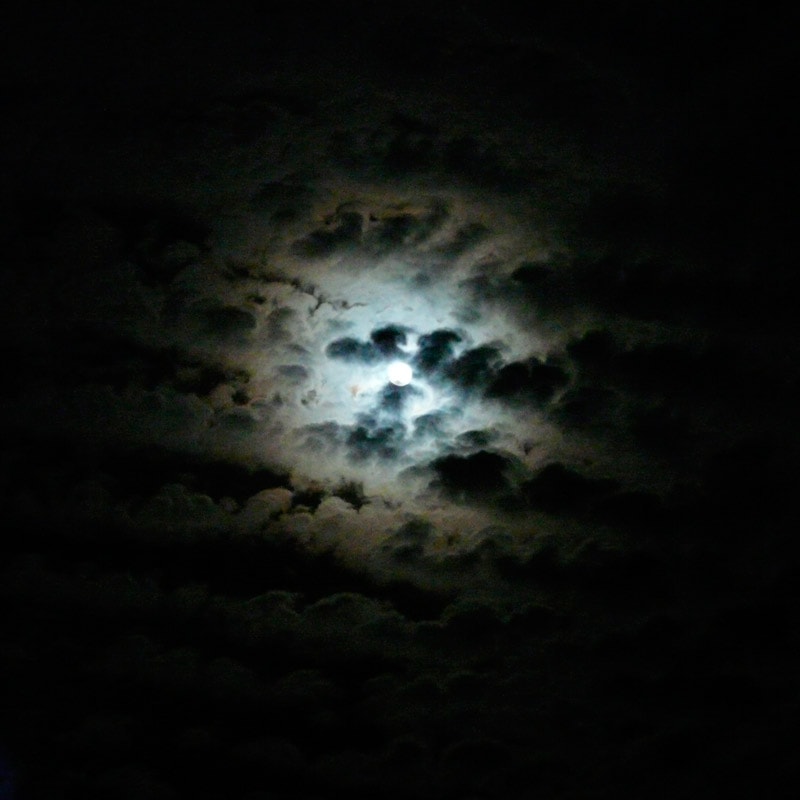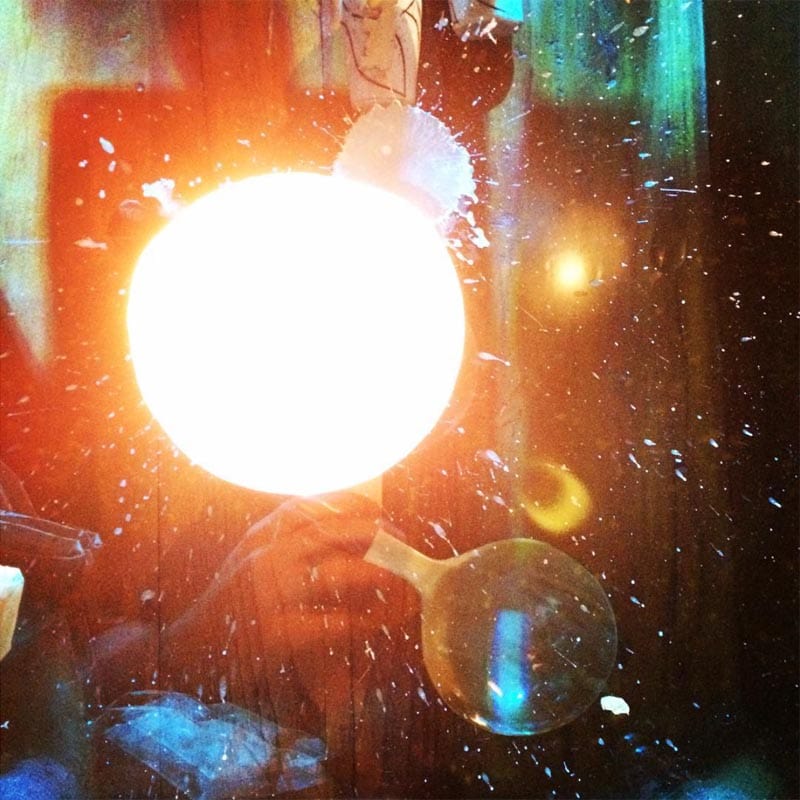Life beyond death
During the rainy season the moon was prevented from appearing directly by the covering of the clouds, which were themselves illumined by the moon’s rays. Similarly, the living being in material existence is prevented from appearing directly by the covering of the false ego, which is itself illumined by the consciousness of the pure soul.
(Srimad Bhagavatam: 10.20.19)


“If once we can meet our soul, then a diametrical change comes in our life. At that time, we will be astonished to realise, “Oh, such a highly qualified thing is here within me! … What a wonderful existence I have! In reality I am soul, and the nature of the soul is so noble, so high, so good.”
— Swami B.R. Sridhar
Death, that all-powerful, unstoppable, destructive force which has baffled humankind since time immemorial, is compared to a simple change in dress in the ancient Veda. The gross, material body is described as a temporary covering over the eternal spark of spirit within, which changes during the course of transmigration through different planes and species of life. According to one’s karma, the soul cycles through different experiences (samsara) in the worldly plane, only becoming free from this bondage upon realisation of their true self and their relationship with the Divine.
The existence of an eternal life is not, of course, a discussion that is unique to the Vedas; this is a subject touched upon to varying degrees in many religions and philosophical systems. None, however, elaborate upon the topic with such clear, scientific, and systematic detail as is found in the Veda. The existence of an eternal soul is affirmed, and the nature of that soul, the nature of the coverings that obscure the soul at present, and the process of the soul’s transmigration is all discussed at length. Furthermore, this understanding simply constitutes the ABCs of the Vedic knowledge. This point, where many teachings end, is only where the Vedic teachings begin.
देहिनोऽस्मिन्यथा देहे कौमारं यौवनं जरा ।
तथा देहान्तरप्राप्तिर्धीरस्तत्र न मुह्यति ॥१३॥
dehino ’smin yathā dehe kaumāraṁ yauvanaṁ jarā
tathā dehāntara-prāptir dhīras tatra na muhyati
As the living being passes through the bodily changes of childhood, youth, and old age, it similarly attains another body at death. The wise are not deluded by this.
(2.13)
न जायते म्रियते वा कदाचिन्
नायं भूत्वा भविता वा न भूयः ।
अजो नित्यः शाश्वतोऽयं पुराणो
न हन्यते हन्यमाने शरीरे ॥२०॥
na jāyate mriyate vā kadāchin
nāyaṁ bhūtvā bhavitā vā na bhūyaḥ
ajo nityaḥ śāśvato ’yaṁ purāṇo
na hanyate hanyamāne śarīre
The soul is neither born nor dies; it has neither been nor will it be created, because it is unborn and eternal. It is ever-youthful, yet ancient. It is not destroyed when the body is destroyed.
(2.20)
वासांसि जीर्णानि यथा विहाय
नवानि गृह्णाति नरोऽपराणि ।
तथा शरीराणि विहाय जीर्णान्य्
अन्यानि संयाति नवानि देही ॥२२॥
vāsāṁsi jīrṇāni yathā vihāya
navāni gṛhṇāti naro ’parāṇi
tathā śarīrāṇi vihāya jīrṇāny
anyāni saṁyāti navāni dehī
As a person adopts new garments, discarding those that are old and worn, similarly, the soul continues to adopt new bodies, leaving those that are old and useless.
(2.22)
आश्चर्य्यवत्पश्यति कश्चिदेनम्
आश्चर्य्यवद्वदति तथैव चान्यः ।
आश्चर्य्यवच्चैनमन्यः शृणोति
श्रुत्वाप्येनं वेद न चैव कश्चित् ॥२९॥
āścharyavat paśyati kaśchid enam
āścharyavad vadati tathaiva chānyaḥ
āścharyavach chainam anyaḥ śṛṇoti
śrutvāpy enaṁ veda na chaiva kaśchit
Some see the soul as astonishing, some describe it as astonishing, some hear of it as astonishing, while others, though hearing about it, know nothing of it.
(2.29)
भूमिरापोऽनलो वायुः खं मनो बुद्धिरेव च ।
अहङ्कार इतीयं मे भिन्ना प्रकृतिरष्टधा ॥४॥
bhūmir āpo ’nalo vāyuḥ khaṁ mano buddhir eva cha
ahaṅkāra itīyaṁ me bhinnā prakṛtir aṣṭadhā
Earth, water, fire, air, ether, mind, intelligence, and ego are the eight divisions of My illusory potency in this world.
(7.4)
अपरेयमितस्त्वन्यां प्रकृतिं विद्धि मे पराम् ।
जीवभूतां महाबाहो ययेदं धार्य्यते जगत् ॥५॥
apareyam itas tv anyāṁ prakṛtiṁ viddhi me parām
jīva-bhūtāṁ mahā-bāho yayedaṁ dhāryate jagat
O mighty hero, Arjuna, this external, worldly nature is inferior. But know that superior to this nature is My marginal potency, comprised of the individual souls. Worldly existence is adopted by the souls for enjoyment through fruitive actions. (The divine world emanates from My internal potency and the mundane world from My external potency. The potency of the living beings is known as marginal as they are constitutionally situated midway between these planes. They may choose to reside either in the mundane plane or the divine.)
(7.5)
ममैवांशो जीवलोके जीवभूतः सनातनः ।
मनः षष्ठानीन्द्रियाणि प्रकृतिस्थानि कर्षति ॥७॥
mamaivāṁśo jīva-loke jīva-bhūtaḥ sanātanaḥ
manaḥ ṣaṣṭhānīndriyāṇi prakṛti-sthāni karṣati
The soul is a particle (potency) of Mine. Although it is eternal, for worldly existence it adopts the five mundane senses and the mind, which is the sixth.
(15.7)
